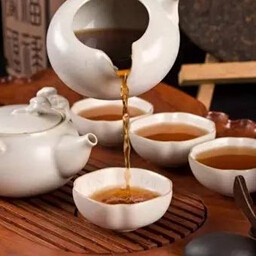
What is the difference between ripe Pu-erh tea and black tea?
Ripe Pu-erh tea and black tea are often confused due to their similar reddish-brown liquor. However, they belong to entirely different categories of tea. Pu-erh tea is a post-fermented tea, while black tea is fully fermented. Pu-erh tea is made from sun-dried green tea leaves through a special ferme...
Tea News · Aug 19, 2025
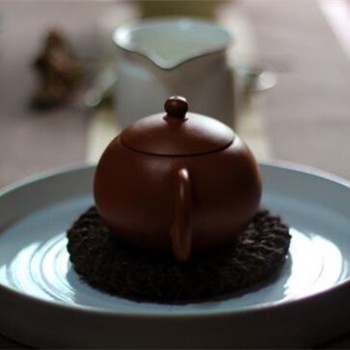
How to Store Pu-erh Tea at Home?
Pu-erh tea is a post-fermented tea, and for tea enthusiasts, purchasing the tea is just the first step—proper storage is crucial. Pu-erh tea has the characteristic of improving with age, but this requires an environment suitable for its transformation. For general households, storing Pu-erh tea can...
Tea News · Aug 16, 2025

Do you know the ten characteristics of Pu-erh tea?
Pu-erh tea is a unique category distinct from the six major tea types (black, green, yellow, white, dark, and oolong . It originates from pristine forests in Yunnan, thriving in pollution-free, pesticide-free environments with fertile soil. Made from the Yunnan large-leaf species, its leaves are ric...
Tea News · Aug 13, 2025
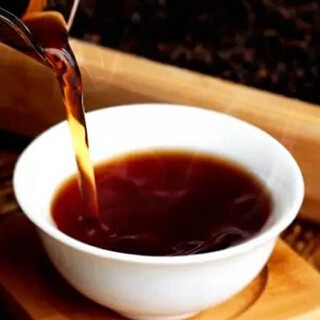
I heard that ripe Pu-erh tea has been fermented and there is no need to store it?
Many tea enthusiasts in northern regions prefer ripe Pu-erh tea due to its smooth taste, appealing reddish-brown liquor, and gentle nature, which is easy on the stomach. The fermentation process of ripe Pu-erh is a natural biological reaction driven by enzymes and microbes present in sun-dried raw t...
Tea News · Aug 07, 2025

I heard that ripe Pu-erh tea has been fermented and there is no need to store it anymore?
Many tea enthusiasts in northern regions prefer ripe Pu-erh tea due to its mild taste, appealing reddish-brown liquor, and stomach-warming properties, making it suitable for beginners, the elderly, and women. Contrary to the belief that fermented ripe Pu-erh lacks storage potential, it actually cont...
Tea News · Aug 05, 2025
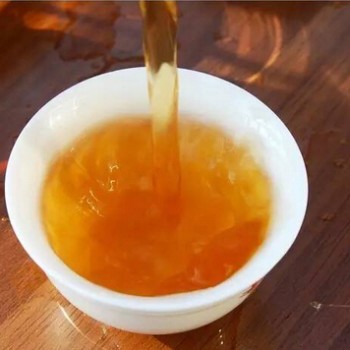
The 'Soft Gold' in Black Tea—Theaflavins
Theaflavins, known as the 'soft gold' in black tea, are golden-yellow pigments formed during the fermentation process of tea leaves. They play a crucial role in determining the color, aroma, and taste of black tea. Modern market trends favor black teas with an orange-yellow hue, as theaflavin-rich t...
Tea News · Jul 18, 2025

Tea Knowledge: Does Drinking Ripe Pu-erh in Summer Cause Heatiness?
Many people believe that ripe pu-erh tea is 'hot' in nature due to its red soup color, leading to the assumption that it may cause heatiness, especially in summer. However, ripe pu-erh is not inherently 'hot'—it is merely warm after fermentation, neutralizing its original cool properties. Some may e...
Tea News · Jul 17, 2025

What Do Dry Storage and Wet Storage Mean, and How to Differentiate and Understand Them?
For Pu-erh tea enthusiasts, the terms 'dry storage' and 'wet storage' are frequently encountered. Dry storage refers to proper storage conditions with normal temperature and humidity, allowing natural aging. Wet storage involves placing compressed raw tea in a humid environment (typically over 80% h...
Tea News · Jul 03, 2025
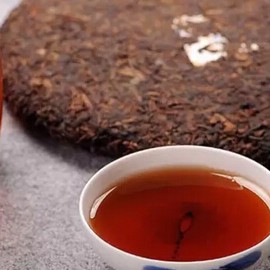
What Level Are You at in Drinking Pu-erh Tea?
Do you love drinking Pu-erh tea? Do you understand it? Do you know what level you've reached in appreciating Pu-erh tea? Quickly check to see where you stand in the world of Pu-erh tea! The stages range from beginner (elementary school level , where you might drink tea casually without distinguishin...
Tea News · Jun 24, 2025

Why are some Pu-erh ripe tea cakes pressed loosely and some tightly?
Pu-erh ripe tea cakes vary in compression—some are loosely pressed (for better appearance while others are tightly pressed (locally called 'iron-pressed' . The process involves compressing loose tea leaves into a cake shape, requiring leaves of sufficient length to hold the form. Raw Pu-erh tea, wi...
Tea News · Jun 17, 2025